A Brief History of Horror Comics
Most people have heard of the fantastically popular TV show The Walking Dead, a post-apocalyptic series that follows a group of survivors as they navigate a world overrun by flesh-eating zombies. The show explores their struggles to survive, form communities, and maintain their humanity amidst the constant threat of both the undead and other desperate survivors. The Walking Dead, however, is also a modern-day horror comics series which ran concurrently to the show until the comic’s creators ended their series in 2019. The comic, originally illustrated in stark black and white, gives readers both a written and visual depiction of the storyline, often with graphic portrayals of the zombies and their violence that even modern film magic could not duplicate with the same effect.
What Are Horror Comics?
Horror is a genre of comic books that has had its ups and downs throughout the decades. Horror comics emerged in the World War II era 1940s and have their roots in crime comics such as Thrilling Crime and Crime Does Not Pay, series that injected their storylines with elements of the supernatural and macabre. The horror comics genre also took inspiration from novels such as Robert Louis Stevenson’s Strange Case of Dr. Jekyll and Mr. Hyde, an adaptation of which appeared in Classic Comics #13, August 1943 and is widely considered as one of the first dedicated horror comics, and from pulp horror fiction, particularly the magazines featuring “weird menace” stories, also known as “shudder pulps.”
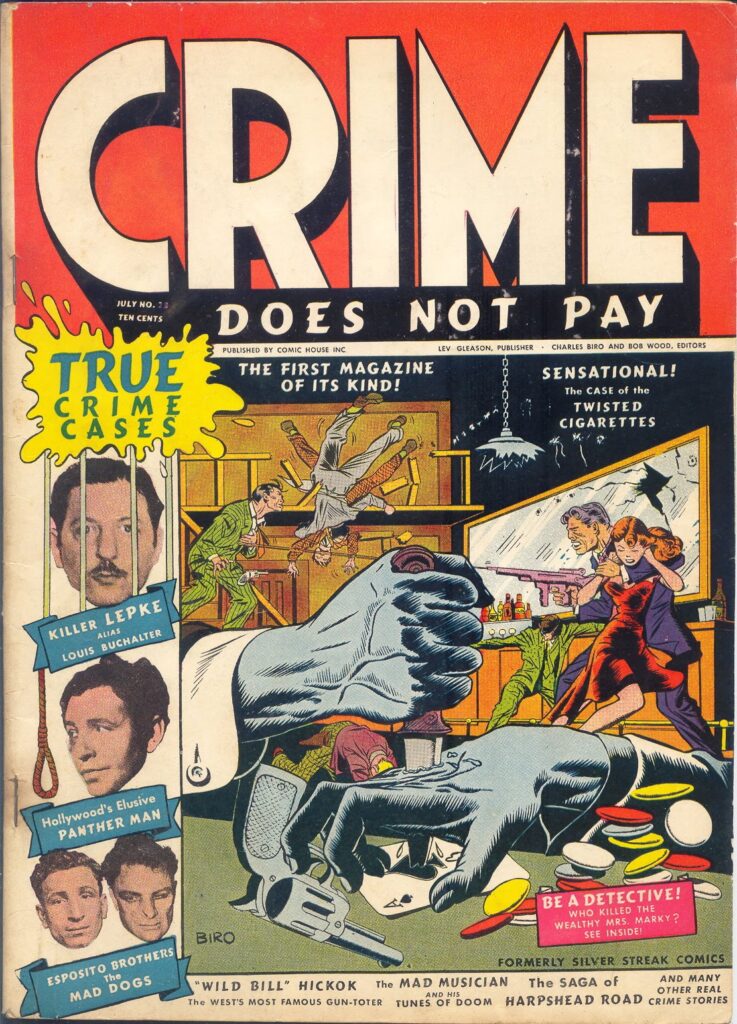
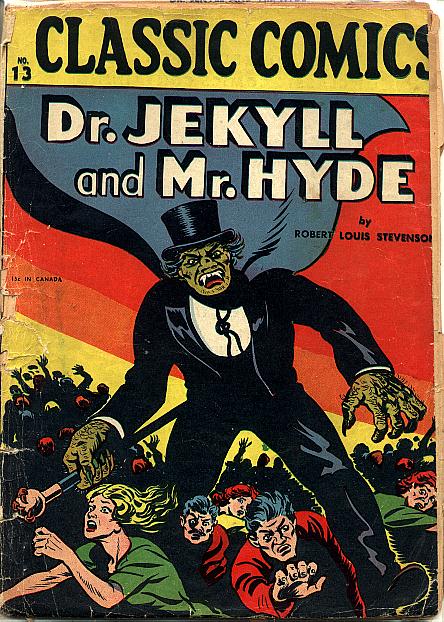
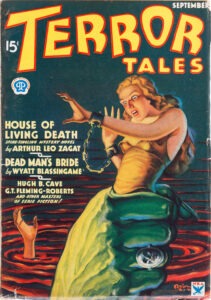
What Makes Horror So Popular?
The popularity of both pulp horror magazines and horror comics in the first half of the twentieth century can be correlated to the two global wars that occurred during this time period. The horror genre of entertainment maintains its following by relating to the audience’s cultural era, taking the prevailing fears and dangers of that time and place and incorporating them into storytelling that is all the more frightening because it is relevant. But horror, including horror comics, has also remained popular because it often transforms real danger into supernatural danger, allowing readers and viewers to experience fear without encountering real threat. Through suspension of disbelief, the audience can feel tension and fear in an almost therapeutic way, helping to relieve some of the actual anxiety or dread they may be feeling in the real world.
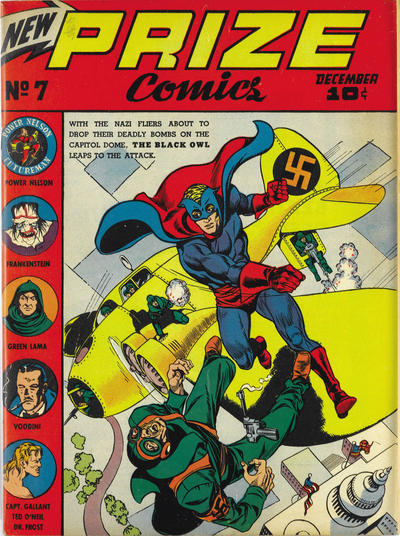
The Emergence of Horror Comics
Elements of horror fiction began to appear in superhero comics during the 1930s, no doubt inspired by the popularity of Golden Age horror films of the era that featured creatures such as vampires, werewolves, and mad scientists. For example, the September 1939 issue of Detective Comics includes a tale of Batman battling a vampire. Following this, in December of 1940, Prize Comics #7 issue was published with a feature entitled “The New Adventures of Frankenstein,” which became an ongoing series inspired by Mary Shelley’s famous horror novel, and thereby launched the stand-alone genre of horror comics. Many early horror titles featured adaptations of established stories such as “The Legend of Sleepy Hollow” and the aforementioned Strange Case of Dr. Jekyll and Mr. Hyde. Then in 1947 Avon Publications released the first issue of Eerie Comics, featuring six original stories of the occult and supernatural and a cover showcasing a frightening figure menacing a bound damsel in distress. This was followed by the launch of Adventures into the Unknown in 1948 by publisher EC Comics and then a number of titles by prolific publisher Atlas Comics who released Amazing Mysteries as a full-on horror comic in 1949.
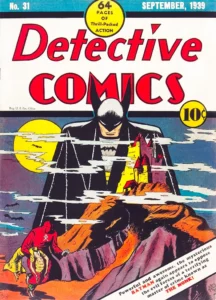
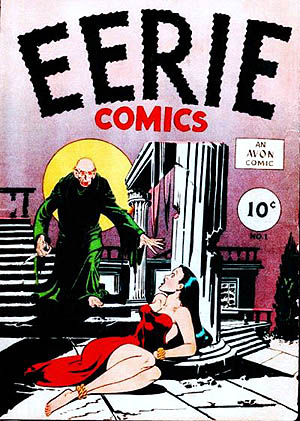
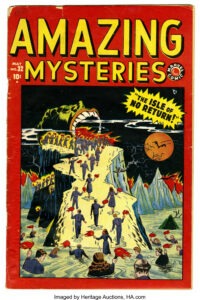
By the 1950s, horror comics had exploded in popularity. Following World War II, people were grappling with anxiety related to Cold War tensions, and horror comics provided an outlet for these anxieties, allowing readers to confront their fears in a fictional context. EC Comics became the most influential publisher of this time with their trifecta of titles, The Haunt of Fear, The Vault of Horror, and Tales from the Crypt. In addition, an increasingly younger readership, fueled by the Baby Boom, saw engaging with horror comics as an act of rebellion during an otherwise highly conservative decade. The horror genre was booming – then came Seduction of the Innocent.
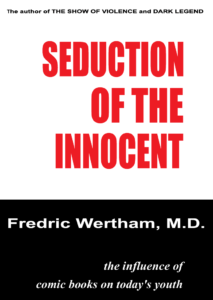
The Comics Code Effect
Written by Dr. Fredric Wertham in 1954, Seduction of the Innocent claimed that horror, crime, romance, and other comic genres caused juvenile delinquency and violent behavior. This led to the creation of a Senate Subcommittee focused on juvenile delinquency and eventually the establishment of the Comics Code, a set of strict guidelines severely limiting the content and visual presentation of comics, including depictions of violence, crime, weapons, even lust. Following the creation of the Comics Code in 1954, many horror comic publishers cancelled comics or vastly revamped their titles to focus more on suspense and mystery to remain in compliance. DC Comics evolved their House of Mystery and House of Secrets comics from horror to science fiction, while Marvel Comics continued to produce Strange Tales and Journey into Mystery as science fiction and monster series. Some publishers, however, escaped scrutiny by taking advantage of a loophole in the Comics Code, in which their titles could proceed unchanged if they were printed in black and white and in magazine format. Warren Publishing was a standout during this era, continuing in the true horror genre with comics such as Creepy and Eerie.
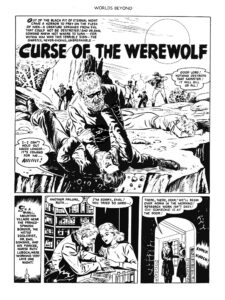
Horror Comics Make a Comeback…
Though horror comics experienced a creative suppression in the latter half of the 1950s, by the 1960s shifting cultural norms produced a relaxation of the strict Comics Code. A wave of counterculture movements invited a resurgence of the horror genre, which became appealing to anti-establishment readers. A blooming underground comix culture introduced independent and alternative creators to readers ready for uncensored and provocative content. The combination of influences from these emerging underground self-published comics and a new wave of popular horror movies such as Alfred Hitchcock’s Psycho led horror comic publishers to explore more nuanced storytelling and higher quality artwork as they sought to appeal to their maturing audience that had begun reading horror comics in the 1950s. Finally, the introduction of Japanese horror and manga to America in the 1960s inspired new approaches to horror storytelling within the comic book medium and has remained hugely popular to this day.
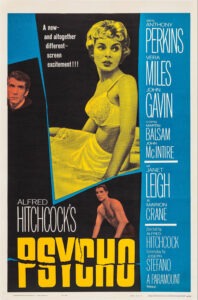
…And Declines Once Again
As the 1970s dawned, Warren Publishing continued to dominate the horror comics landscape with Vampirella, Creepy and Eerie remaining in publication as black and white comic magazines, along with newcomer Skywald Publishing whose titles Nightmare, Psycho and Scream were considered to be on the extreme end of the genre. However, as the decade progressed and the 1980s approached, a complex combination of factors led to declining popularity for horror comics. The rise of direct market distribution and specialty comic book stores in the 1980s allowed for better targeting of specific audiences. As a result, publishers began to focus more on genres with larger and more dedicated fan bases, diverting attention away from horror. Changing tastes in entertainment drew audiences away from the horror genre and toward action, adventure, and technology themes. And the growing conservatism that led to the Reagan era found horror comics to be a violation of family-friendly values.
Horror Comics Today
Today, horror comics have made a definite comeback. Many publishers, such as Marvel’s MAX imprint, cater to a largely mature, older audience with adult-only content. The internet has given independent and alternative horror comic creators the chance to write, publish, and distribute their work completely online as webcomics. IDW Publishing’s Locke & Key, created by Joe Hill and Gabriel Rodriguez in 2008, incorporates elements of cosmic horror and exhibits inspiration by HP Lovecraft and was adapted into a streaming series by Netflix which ran from 2020-2022. Other notable modern horror comics include Something is Killing the Children, released by BOOM! Studios beginning in 2019, and of course The Walking Dead, which ran as a comic from 2003-2019.
Like many cultural trends, the popularity of horror comics has ebbed and flowed with the times. During some of America’s darkest days, many people actually found an outlet for their fears in the pages of a thrilling supernatural serial. Others, however, found the genre to be too disturbing for public consumption. The art form endures though, as human beings continue to explore the fringes of reality and enjoy a spine-tingling journey through their suspension of disbelief. The next time you visit a comic shop or browse the web for some new comic entertainment, give horror comics a try – you may find them to be scary good.
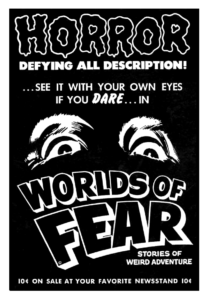
Interested in learning more about the Comics Code and its effect on publishers? Our new 2024 Vintage Horror Comics and 2024 Vintage Crime Comics calendars both include an essay on pre-code comics and the Comics Code Authority by pop-culture historian Dr. Arnold T. Blumberg.
If horror comics interest you, then you’ll definitely want to check out our brand new 2024 Vintage Horror Comics Calendar, featuring 13 large art-quality prints of Golden Age horror comic covers. Take a look here.
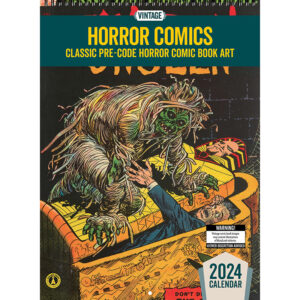
Comments (2)
Leave your comment Cancel reply
You must be logged in to post a comment.

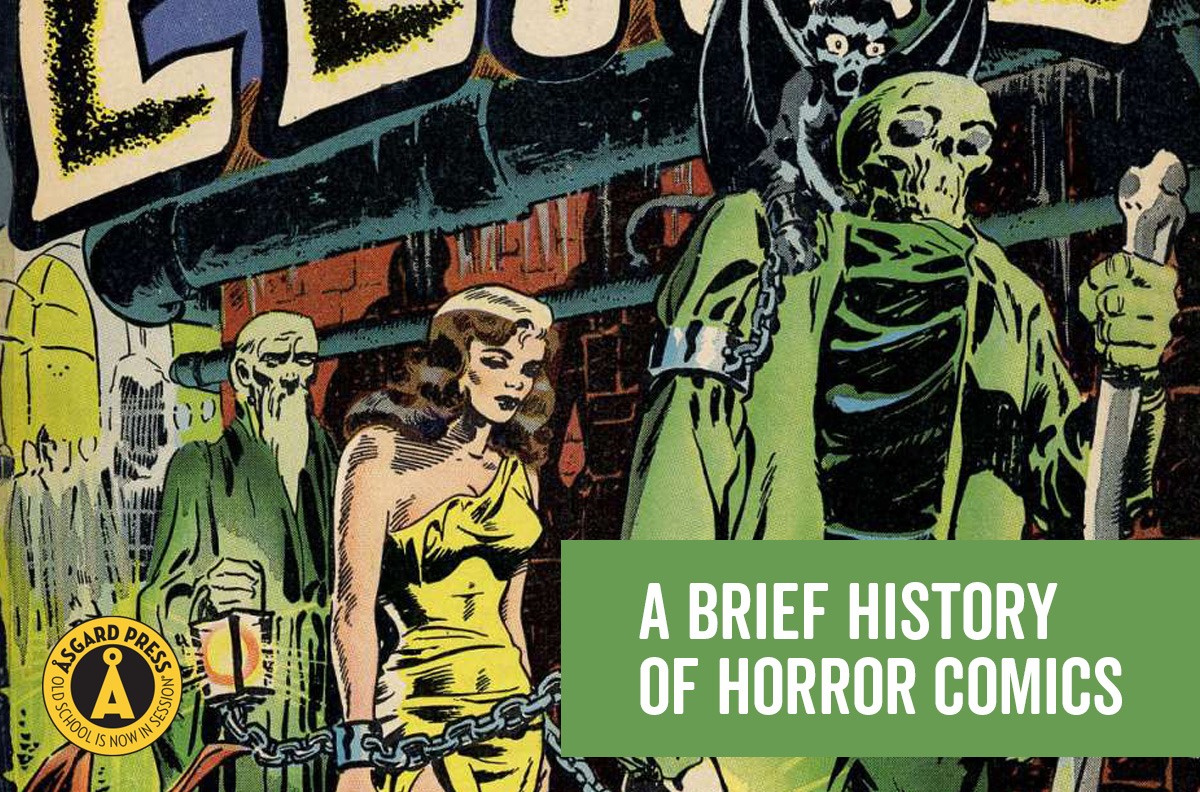
Pingback:6 Must-See Vintage Zombie Movies - Asgard Press
Pingback:5 Haunted Places You Can Visit this Fall - Asgard Press